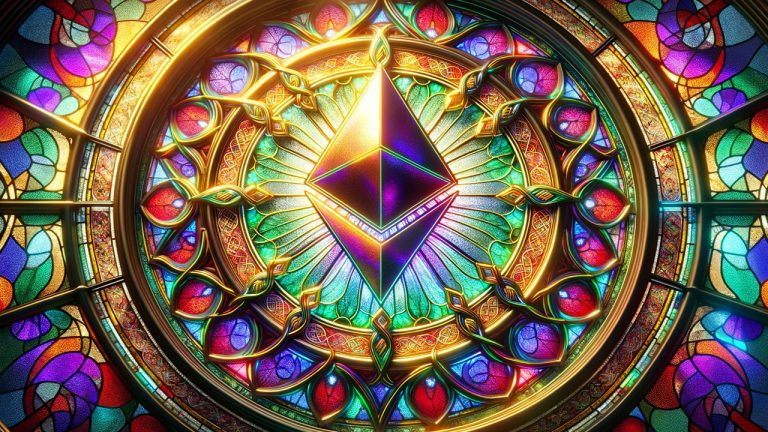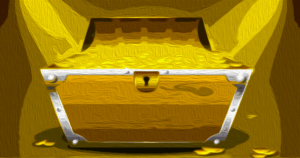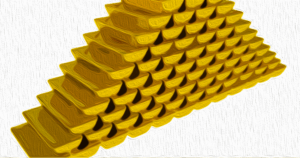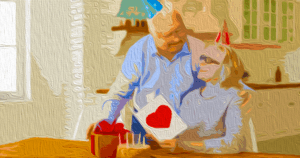
Introduction
Ethereum's trading value currently stands at $2,265, experiencing fluctuations within a daily range of $2,170 to $2,310. This is occurring in the context of a $272 billion market capitalization and a robust 24-hour trading volume of $19.24 billion. Similar to other cryptocurrencies, Ethereum mirrors the volatility of Bitcoin as anticipation grows over the potential approval of a spot Bitcoin exchange-traded fund (ETF).
Market Sentiment
Ethereum's market oscillators are sending mixed signals, with a majority resting at neutral. This hints at cautious market sentiment. On the other hand, the moving averages (MAs) lean towards a bearish tone, although there is a glimmer of bullish hope in the longer term. Oscillators like the relative strength index (RSI) and Stochastic linger in neutral territory, suggesting a market in balance or indecision.
The commodity channel index (CCI) dipping into the negative and the moving average convergence divergence (MACD) signaling a sell contrast with a bullish hint from the momentum indicator. These mixed signals paint a picture of Ethereum's market at a crossroads, waiting for a clear trend or trigger.
Trend Analysis
Short-term moving averages, specifically the 10 and 20-day averages, show a bearish trend, reflecting the recent price drops. However, a shift in sentiment is observed in the longer-term averages, from the 30-day mark onwards, where bulls dominate. This divergence may indicate short-term bearishness with the potential for medium to long-term recovery or growth.
Price Analysis
Examining Ethereum's daily chart reveals a volatile narrative with significant price swings. A recent large drop suggests a fierce sell-off followed by a modest recovery. The absence of a definitive trend in the daily chart suggests a market grappling with direction, offering strategic entry and exit points for observant traders.
Zooming into the 4-hour chart provides a more nuanced picture of price movement. Recent bullish rises suggest a potential trend reversal. The smaller ups and downs denote reduced volatility and a seeming consensus among traders at these levels. This marks critical entry and exit junctures for short-term plays.
Further focusing on Ethereum's 1-hour chart reveals a more defined uptrend characterized by a bullish upswing and increasing volume. This is a positive sign for continued upward momentum. ETH traders are advised to look for entry opportunities at pullbacks to support levels, ensuring the pattern of higher highs continues.
Bull Verdict
Despite short-term turbulence and neutral signals from oscillators, Ethereum's resilience in the face of market volatility is notable. This is particularly evident in the optimistic longer-term moving averages and the budding uptrend on the 1-hour chart. The market's capacity for swift recoveries and sustained buying interest at lower levels suggest a potential upward trajectory. Traders might see this as an opportunity to capitalize on the dips, with a watchful eye on emerging bullish patterns that signal strengthening momentum for Ethereum.
Bear Verdict
An analysis of Ethereum's price reveals a challenging landscape marked by immediate bearish signals from short-term moving averages and a significant sell-off indicated in the daily chart. The predominance of neutral oscillator readings suggests a lack of strong buying momentum, potentially leading to further price consolidation or decline. Traders should exercise caution, considering the possibility of continued bearish trends and preparing for potential downside risks as the market seeks a new equilibrium.
Register your email here to receive weekly price analysis updates directly to your inbox.
What are your thoughts on Ethereum's market action on Monday morning? Share your opinions in the comments section below.
Frequently Asked Questions
Is the government allowed to take your gold
Because you have it, the government can't take it. You earned it through hard work. It is yours. But, this rule is not universal. Your gold could be taken away if your crime was fraud against federal government. You can also lose precious metals if you owe taxes. However, even if taxes are not paid, gold is still your property.
Should You Invest Gold in Retirement?
The answer will depend on how many dollars you have saved so far and whether you had gold as an investment option at the time. If you are unsure of which option to invest in, consider both.
You can earn potential returns on your investment of gold. This makes it a worthwhile choice for retirees.
Although most investments promise a fixed rate of return, gold is more volatile than others. This causes its value to fluctuate over time.
However, it doesn't necessarily mean that you shouldn't invest your money in gold. You should just factor the fluctuations into any overall portfolio.
Another benefit to gold? It's a tangible asset. Gold is much easier to store than bonds and stocks. It's also portable.
Your gold will always be accessible as long you keep it in a safe place. Additionally, physical gold does not require storage fees.
Investing in gold can help protect against inflation. Gold prices are likely to rise with other commodities so it is a good way of protecting against rising costs.
You'll also benefit from having a portion of your savings invested in something that isn't going down in value. Gold rises in the face of a falling stock market.
Another benefit to investing in gold? You can always sell it. You can also liquidate your gold position at any time you need cash, just like stocks. You don’t even need to wait until retirement to liquidate your position.
If you do decide to invest in gold, make sure to diversify your holdings. You shouldn't try to put all of your eggs into one basket.
Do not buy too much at one time. Begin by buying a few grams. Add more as you're able.
The goal is not to become rich quick. Rather, it's to build up enough wealth so you won't need to rely on Social Security benefits.
While gold may not be the best investment, it can be a great addition to any retirement plan.
How to Open a Precious Metal IRA
First, you must decide if your Individual Retirement Account (IRA) is what you want. If you do, you must open the account by completing Form 8606. Then you must fill out Form 5204 to determine what type of IRA you are eligible for. This form should be filled within 60 calendar days of opening the account. Once this is done, you can start investing. You could also opt to make a contribution directly from your paycheck by using payroll deduction.
If you opt for a Roth IRA, you must complete Form 8903. Otherwise, the process is identical to an ordinary IRA.
To be eligible for a precious metals IRA, you will need to meet certain requirements. You must be at least 18 years of age and have earned income to qualify for a precious metals IRA. For any tax year, your earnings must not exceed $110,000 ($220,000 for married filing jointly). Contributions must be made regularly. These rules apply regardless of whether you are contributing directly to your paychecks or through your employer.
You can use a precious metals IRA to invest in gold, silver, palladium, platinum, rhodium, or even platinum. However, you can't purchase physical bullion. This means that you will not be allowed to trade shares or bonds.
You can also use your precious metallics IRA to invest in companies that deal with precious metals. This option is available from some IRA providers.
There are two major drawbacks to investing via an IRA in precious metals. First, they're not as liquid as stocks or bonds. It is therefore harder to sell them when required. They also don't pay dividends, like stocks and bonds. Therefore, you will lose more money than you gain over time.
How much should your IRA include precious metals
It is important to remember that precious metals can be a good investment for anyone. You don't need to be rich to make an investment in precious metals. There are many ways that you can make money with gold and silver investments, even if you don't have much money.
You may consider buying physical coins such as bullion bars or rounds. You could also buy shares in companies that produce precious metals. You may also be interested in an IRA transfer program offered by your retirement provider.
You will still reap the benefits of owning precious metals, regardless of which option you choose. They offer the potential for long-term, sustainable growth even though they aren’t stocks.
And, unlike traditional investments, their prices tend to rise over time. If you decide to make a sale of your investment in the future, you will likely realize more profit than with traditional investments.
Statistics
- If you take distributions before hitting 59.5, you'll owe a 10% penalty on the amount withdrawn. (lendedu.com)
- You can only purchase gold bars at least 99.5% purity. (forbes.com)
- This is a 15% margin that has shown no stable direction of growth but fluctuates seemingly at random. (smartasset.com)
- The price of gold jumped 131 percent from late 2007 to September 2011, when it hit a high of $1,921 an ounce, according to the World Gold Council. (aarp.org)
- Contribution limits$6,000 (49 and under) $7,000 (50 and up)$6,000 (49 and under) $7,000 (50 and up)$58,000 or 25% of your annual compensation (whichever is smaller) (lendedu.com)











